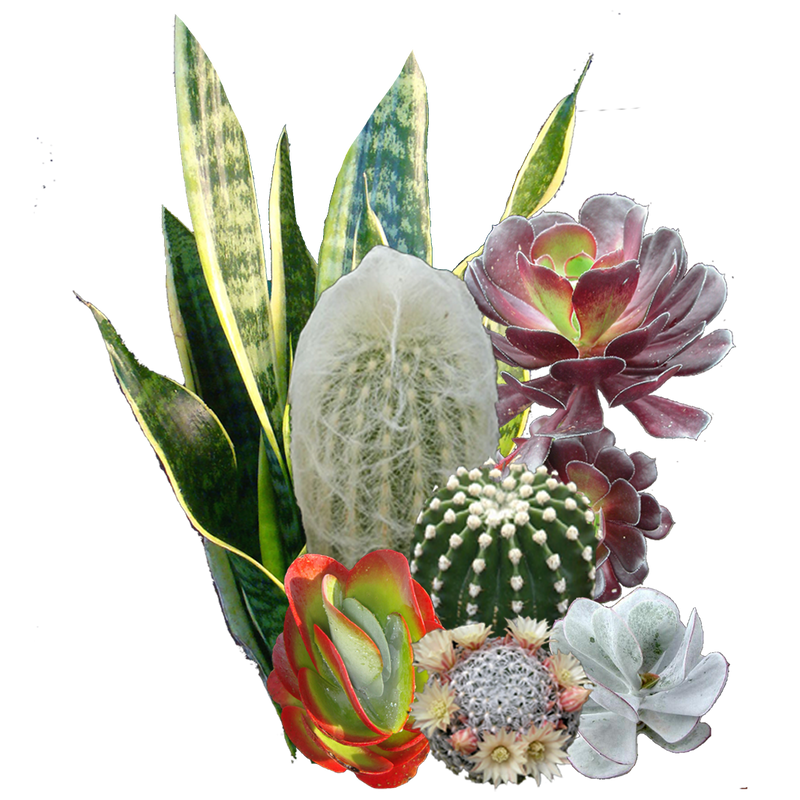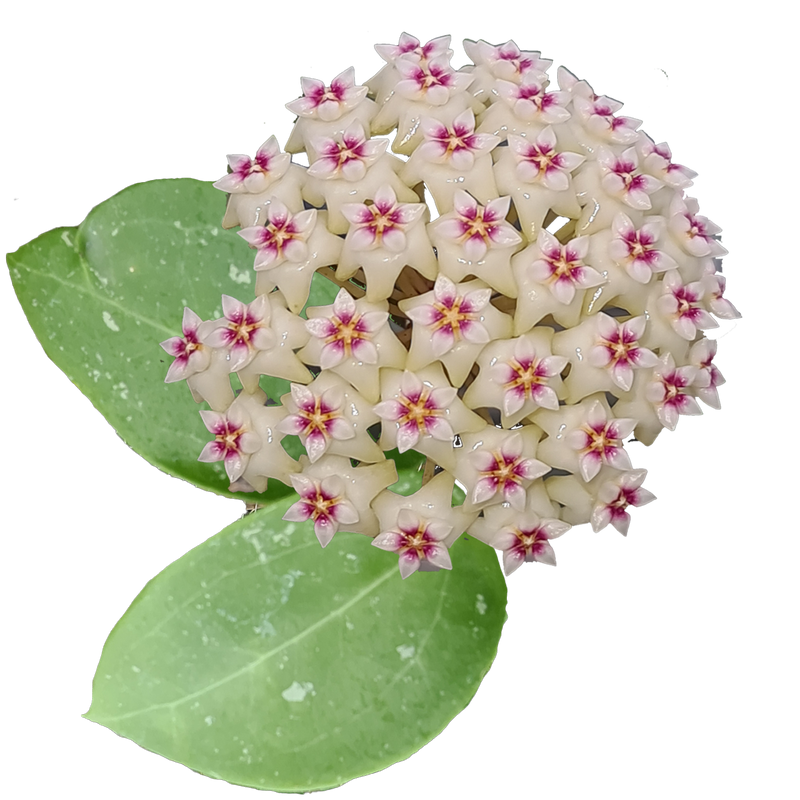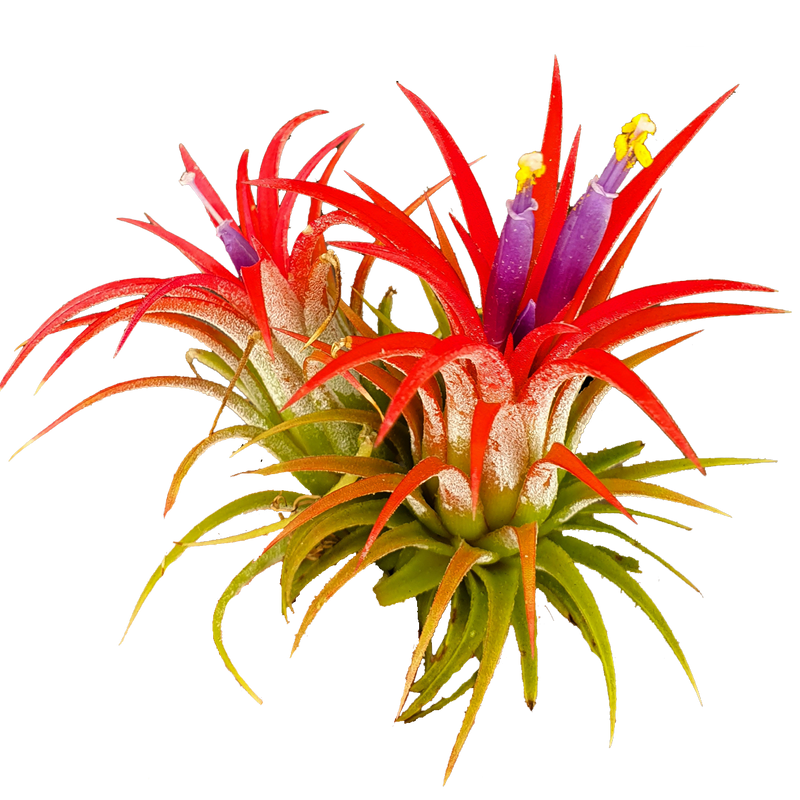


Selenicereus grandiflorus - Queen of the Night
cancel Sold out
Selenicereus grandiflorus, commonly known as Queen of the Night, is a species in the Cactaceae family native to parts of the Caribbean, including Jamaica, Cuba, and Puerto Rico. In its natural habitat, it grows in warm, dry environments, often scrambling over rocks or climbing into shrubs and trees with the aid of aerial roots. It prefers well-drained substrates and benefits from consistent air movement.
The plant produces long, slender, ribbed stems that can trail or climb to considerable lengths. Stems are green, sometimes tinged purple, and carry small clusters of spines along the ribs. It is renowned for its large, sweetly fragrant flowers, which can measure up to 30 cm across. The blooms open after dusk, revealing white inner petals surrounded by pale yellow outer segments, and are adapted for pollination by nocturnal insects and bats.
Flowering generally occurs in warmer months, with each bloom lasting for only a single night before wilting by morning. The fruit is oblong and fleshy, often reddish when mature, and contains numerous small black seeds. Successful cultivation requires warmth, bright light, and avoidance of prolonged root wetness.
Care Tips:
- Light: Provide bright, indirect light for optimal growth. While it can tolerate some direct morning or late afternoon sun, avoid intense midday light, which can scorch stems.
- Water: Allow the potting mix to dry slightly between waterings. Water moderately during spring and summer, reducing frequency in autumn and winter when growth slows.
- Humidity: Prefers moderate to slightly higher humidity compared to desert cacti. Increase humidity by occasional misting or by placing the pot on a pebble tray with water, ensuring the base does not sit in water.
- Temperature: Thrives in temperatures between 18–24°C during the growing season. In winter, it can tolerate cooler conditions down to around 5°C if kept dry.
- Fertiliser: Feed monthly during active growth with a balanced liquid fertiliser diluted to half strength to support healthy stems and encourage flowering.
- Media: Use a free-draining epiphytic cactus mix, incorporating coarse sand, perlite, or orchid bark for improved aeration.
- Repotting: Repot every 2–3 years in spring to refresh the mix and accommodate growth. Select a pot with good drainage and space for trailing stems.
- Propagation: Propagate from stem cuttings taken in spring or summer. Allow cuttings to callus for several days before planting into a well-draining mix.
Shipping Schedule and Biosecurity Information
expand_more
Dispatch & Shipping Information
Non-Biosecurity States (QLD, NSW, ACT, VIC, SA): We now offer two dispatches per week for these regions:
- Tuesday Dispatch: Orders placed by Sunday 11:59 PM AEST.
- Friday Dispatch: Orders placed by Wednesday 11:59 PM AEST. Orders placed after these cut-offs will be dispatched on the next available day.
Biosecurity States (WA, NT, TAS): These orders require mandatory biosecurity treatment (PHC) and follow a specific weekly schedule:
- Cut-off: Orders must be placed by Thursday 11:59 PM AEST.
- Dispatch Day: Orders are processed over the weekend and dispatched on Tuesday.
Plant Health Certification (PHC) Fees:
- $20 fee applies to WA orders.
- $10 fee applies to NT and TAS orders. This fee is per order (not per plant) and is included in your shipping costat checkout.
Important Note: We operate independently from Collectors Corner. For any enquiries, please refer to our contact page

Size: 80mm Pot













